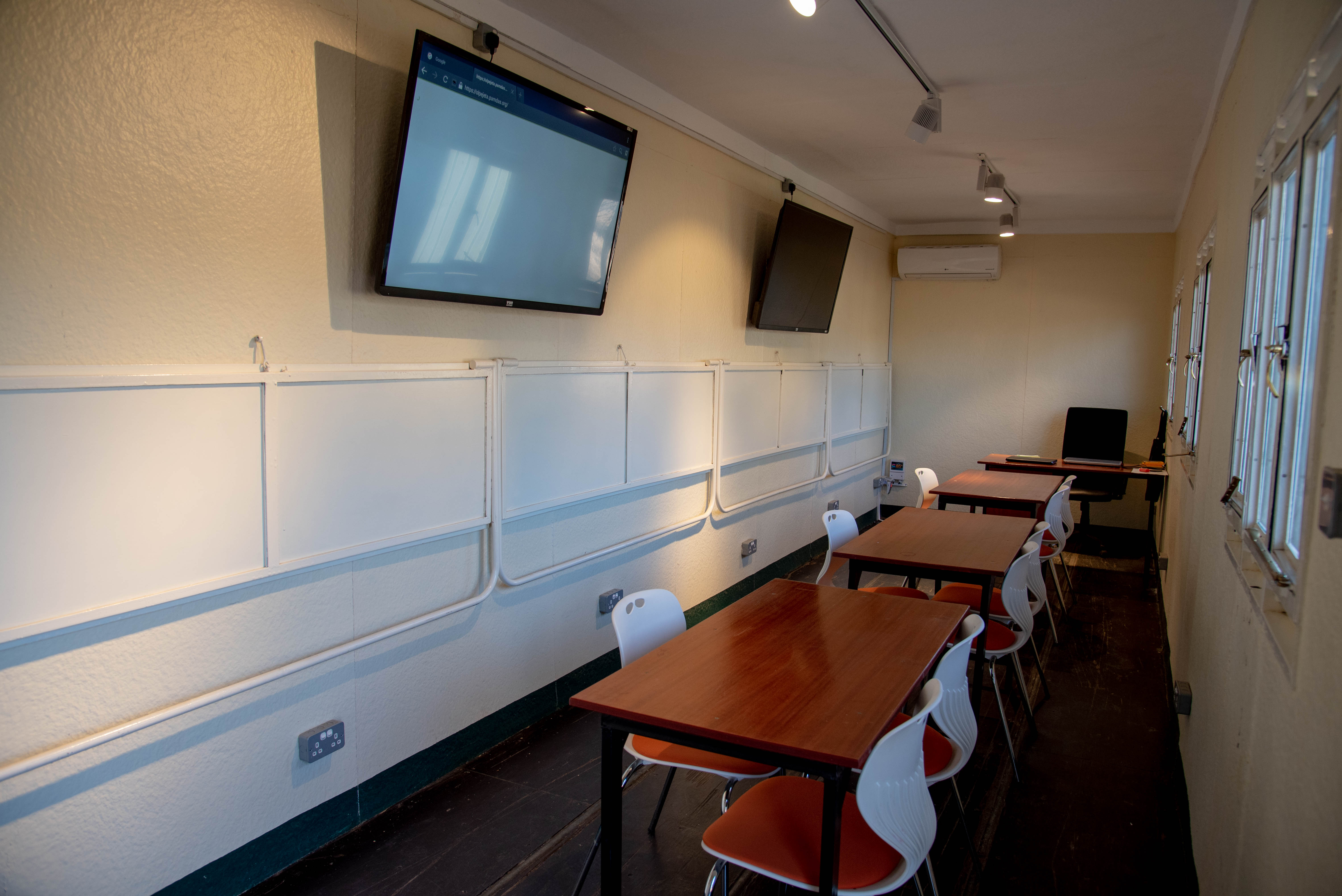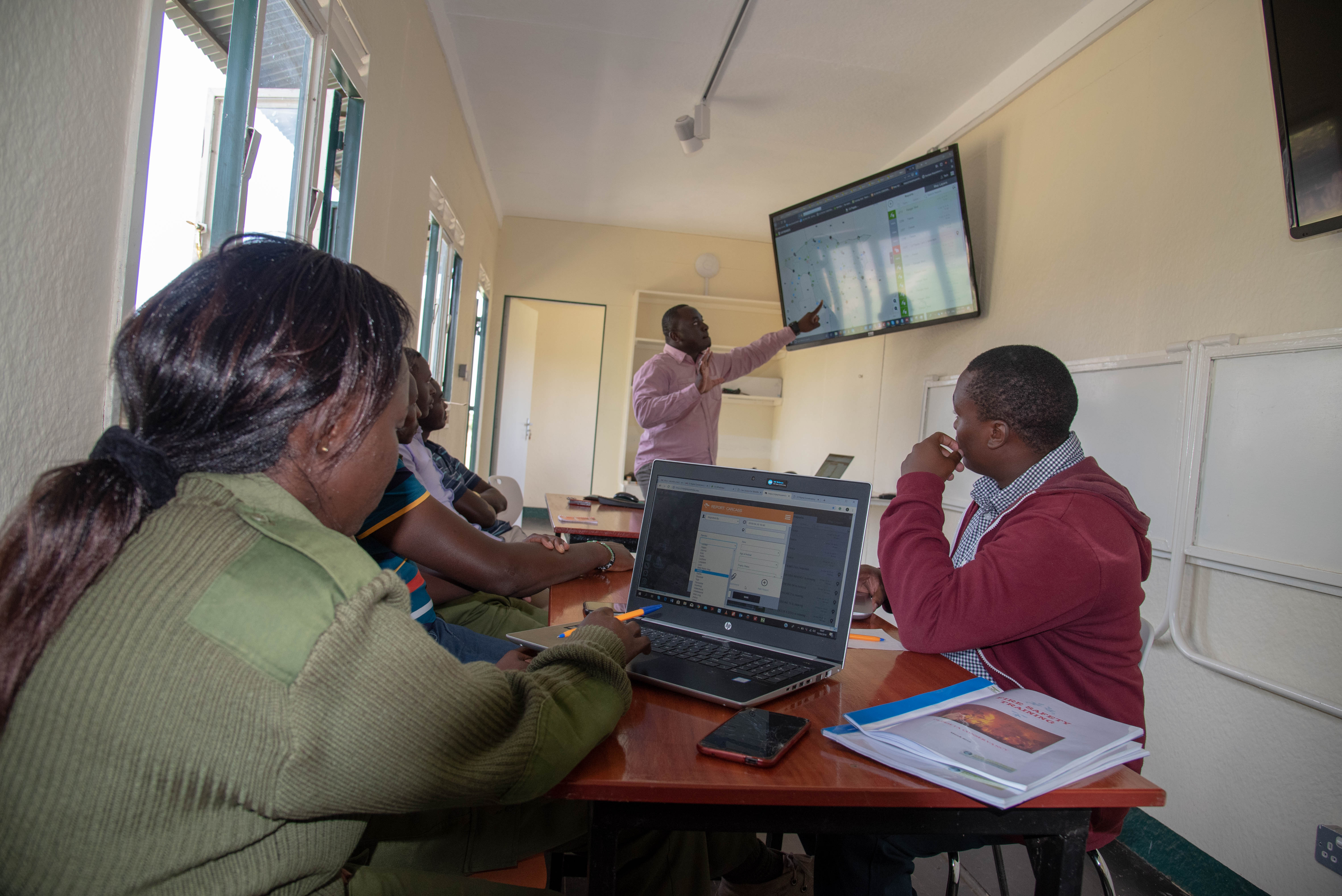


Data collection is digitised using technological applications often selected to meet the needs of a particular project. In wildlife monitoring and protection, SMART for Conservation was identified as a suitable software for it provides a quick form to record incidents while tracking the distance covered by each team. Further, data collected in this manner needs to be used alongside other datasets for well informed decision making. To achieve this, an integration with Earthranger (an online visualization platform) was instituted to allow visual analysis of incidents and patrol coverage against other components such as tagged animals, live streaming images from security cameras, points of interest and environmental hazard reports.
-
Landscape-level collaboration - Learning from other players in the field to select technologies that have worked and can help in collaboration and sharing
-
Conservation Technology Laboratory - Existence of a technology development and trialing facility at the project site enhanced consultations with developers and other users. It was essential for conducting training, software configurations and system integration.
-
Knowledge of existing gaps - There was a clear understanding of gaps in data submission (time, geolocations and inconsistencies)
-
Team participation - Deliberate involvement of key staff members who have knowledge in the fieldwork designs, management needs and existing gaps is useful in pointing out technological needs.
-
Engagement of other organizations and people - It is important to learn from others who will indicate successful parts of the solution and associated shortfalls. These engagements would often help identify training needs, appropriate equipment and sustainability of the project
-
There is probably no fit-for-all solution - Application of identified technology/solution for data collection and/or analysis may need to be implemented together with other applications to enhance information management and sharing
-
Piloting before implementation - At the point of identification, it is useful to undertake a pilot rollout with a trial group if resources allow to gauge applicability and highlight potential pitfalls